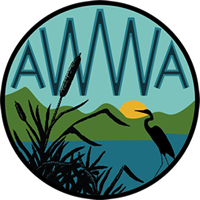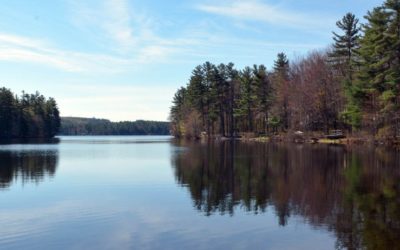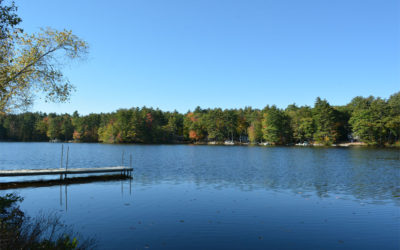The AWWA Blog
New Hampshire Charitable Foundation Community Grant
AWWA is excited to announce that we have been awarded a $60,000 Community Grant from the New Hampshire Charitable Foundation. This is a prestigious award given to those who have a direct impact on their local community, allowing us to dramatically enhance our impact...
2020 Water Quality Reports
Water quality testing is the best way to understand the health of your lake. Most lakes in our area participate in some form of lake water quality sampling, but what are we testing for? And what does each parameter mean? Here is a brief breakdown of the water quality...
2020 Season
I am happy to announce the 2020 AWWA season is a go! A lot is still uncertain about where things will go in the next year, following the pandemic and the shutdown. Despite these uncertainties, AWWA’s staff and board decided that being present to help our residents...
Happy 50th Earth Day!
Now more than ever is a time to reflect on the purpose of Earth Day. To remind us that we only have one planet and that we all have a role in protecting it. The COVID-19 crisis has taught us two important things about humanity: 1) that we are truly vulnerable to...
AWWA: in the Time of COVID-19
Dear AWWA Community, We are truly in an unprecedented time. You have almost certainly heard from every organization, local government, and business you are associated with about how COVID-19 has impacted their operations, their employees, and in many cases, their very...
AWWA – 7th Grade Well Water Testing
Over the past several months, I have had the privilege of teaching back to back three-week lessons to 7th grade science students at the Paul and Acton Schools. The program is designed to help students understand where their drinking water comes from, what may be in...






